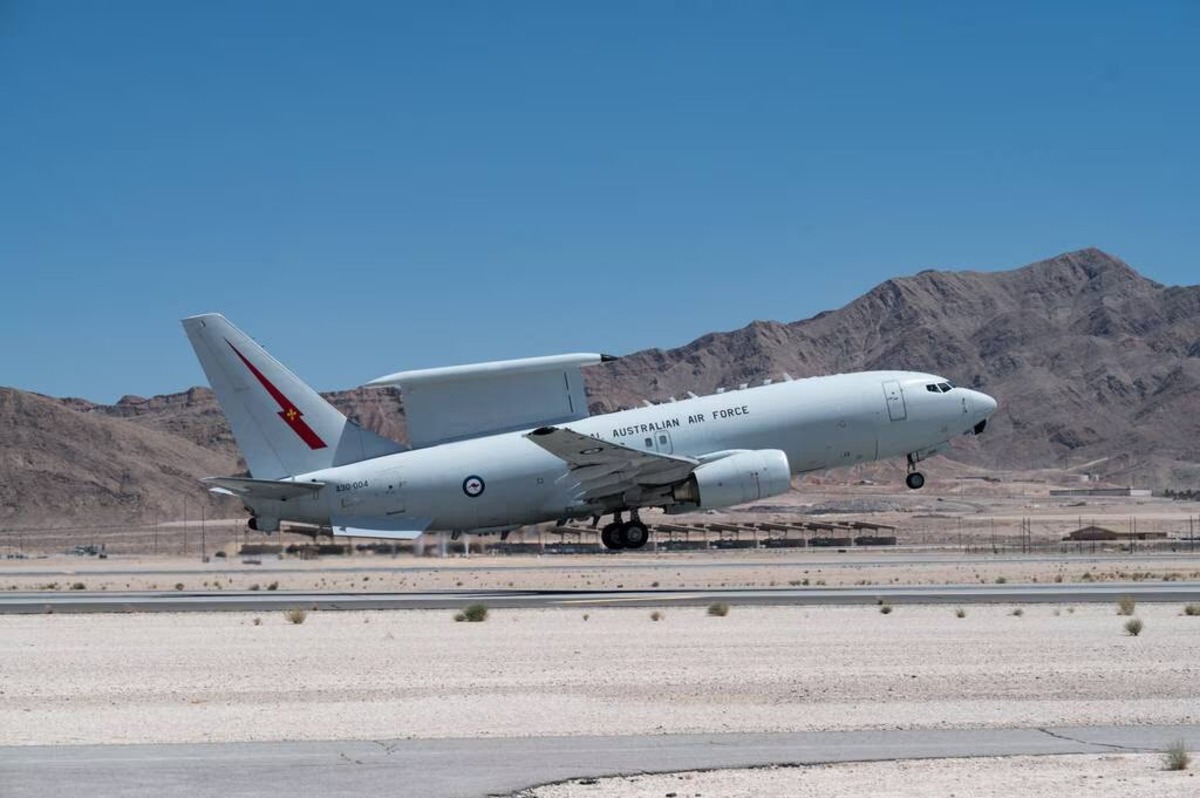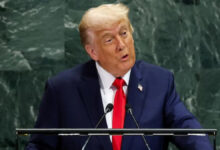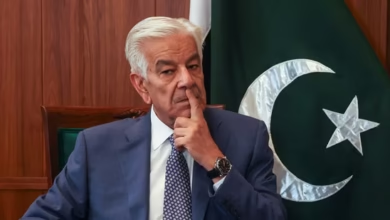Defence Contractors Target Australia As It Prepares To Counter China

- Boeing also wants to sell the fighter-like MQ-28 Ghost Bat drone that was made in Australia to the U.S. military.
- Lockheed and Raytheon Technologies Corp. were chosen to speed up the production and delivery of guided weapons to Australia.
Australia, a close U.S. ally, is getting ready to fight China’s growing influence in the Indo-Pacific region. This week, at the world’s largest air show, defence contractors showed off advanced drones, long-range missiles, and military communications satellites.
The companies want to make purchases worth billions of dollars after Australia’s long-awaited defence strategic review (DSR) comes out next month. The DSR will show the force structure and equipment that will be needed over the next ten years.
Malcolm Davis, a senior defence strategy and capability analyst at the Australian Strategic Policy Institute, said that getting long-range strike weapons in three to five years should be the top priority, since China is becoming a bigger threat to Taiwan and Australia is likely to fight with the U.S.
“When the DSR comes out, there will be diplomatic language that doesn’t have to directly name China,” he said on the sidelines of the Australian International Airshow near Melbourne. “But I think everyone gets that this is all because of China, its rapid growth, and its military power.”
Australia, like many other countries, is paying more attention to making sure it has enough local production and supply stocks after seeing how the war in Ukraine has hurt other countries.
Defense Industry Minister Pat Conroy told reporters on Wednesday that the government wants to “speed up the acquisition cycle” and move as quickly as possible once the review is public. The federal budget is due in May, and it is expected that the money for defence will go up.
Some defence contractors complained in private at the air show that the secret review that was ordered last August, three months after a new center-left government took office, had slowed down the time it took to buy and deliver things.
The review will help decide on big things like whether to order another squadron of Lockheed Martin Corp. F-35 fighter jets, up to four more Northrop Grumman Corp. MQ-4C Triton maritime surveillance drones, and a big contract for a military satellite that Airbus SE and Boeing Co. are both trying to get.
Stephen Forshaw, Airbus’s chief representative for Australia, New Zealand, and the Pacific, said, “Everyone is reading the tea leaves, but we know that the DSR will have a lot of capabilities.”
According to the Stockholm International Peace Research Institute, Australia spent $31.8 billion on its military in 2021, which put it 12th in the world. It buys a lot of U.S. equipment in particular because it has worked with the U.S. in wars all over the world. In 2021, it joined forces with the U.S. and Britain to buy submarines powered by nuclear energy.
The air show also showed how Australia’s smaller army is affecting what the United States buys. Australia was the first country to buy Boeing E-7A airborne early warning and control planes. They have been in use since 2009. On Tuesday, the U.S. Air Force said it would buy 26 of them to replace its old E-3s.
Boeing also wants to sell the fighter-like MQ-28 Ghost Bat drone that was made in Australia to the U.S. military. This week, the Australian branch of British company BAE Systems showed plans for a smaller armed drone that it also wants to export.
Last year, Lockheed and Raytheon Technologies Corp. were chosen to speed up the production and delivery of guided weapons to Australia.
Ken Kota, vice president of Lockheed’s Australian defence strategic capabilities office, said that the project to build local stockpiles will focus on in-country assembly and, in the long run, manufacturing.
“Making guided weapons in particular is a deterrent in and of itself,” he said. “From a strategic point of view, this is a very important thing for Australia to have.”







Facebook Comments